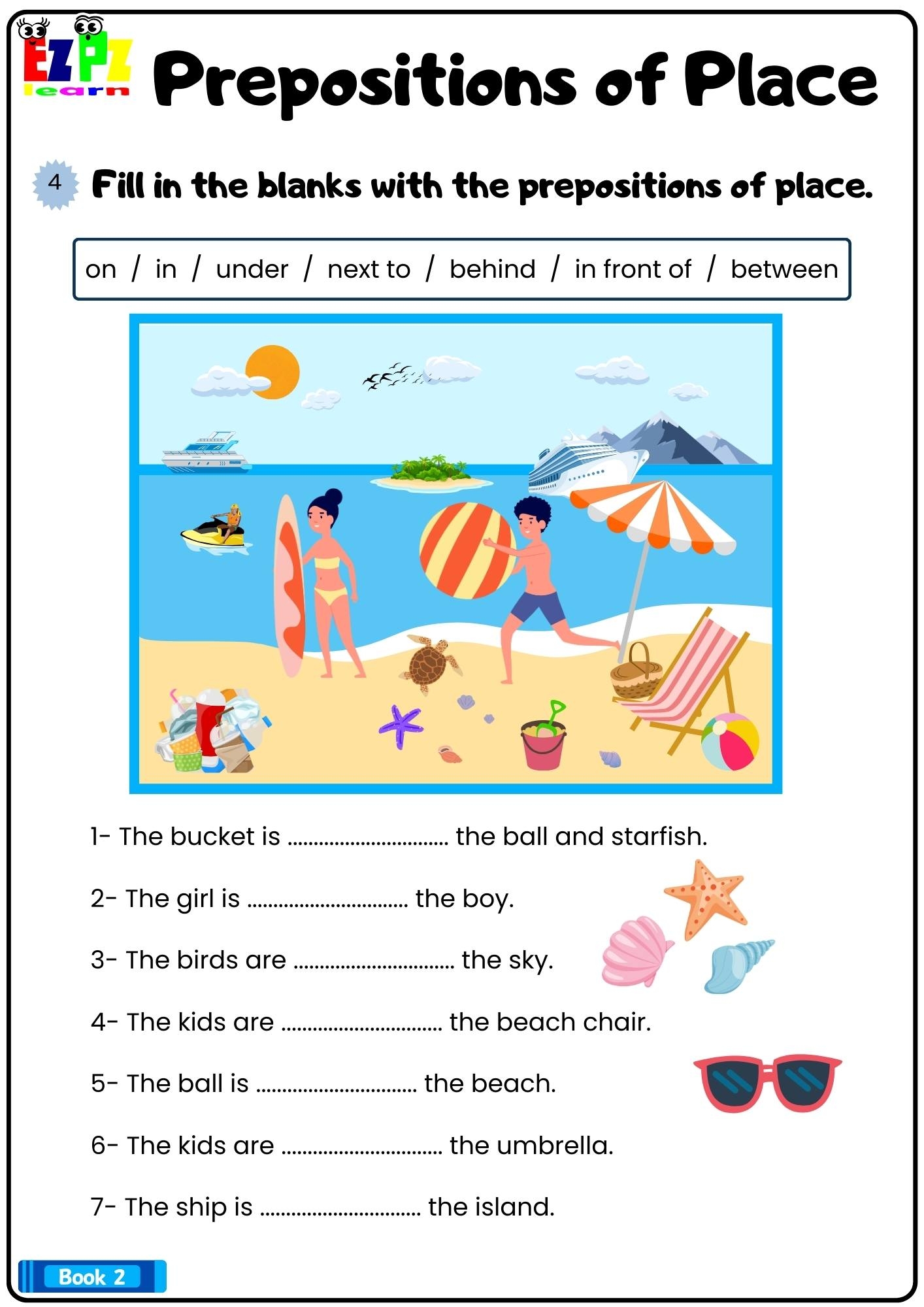Grammar plays an essential role in effective communication. One aspect of grammar that is often used to test language proficiency is fill in the blanks exercises. These exercises help to reinforce understanding of grammar rules and improve vocabulary.
Fill in the blanks grammar exercises require the participant to select the correct word or phrase to complete a sentence. This not only tests knowledge of grammar rules but also challenges the individual to apply their understanding of sentence structure.
How to Approach Fill in the Blanks Grammar
When faced with a fill in the blanks exercise, it is important to carefully read the entire sentence to understand its context. By doing so, you can identify the missing word or phrase that best fits the sentence. Pay attention to clues such as verb tense, subject-verb agreement, and word order to determine the correct answer.
Additionally, it is beneficial to familiarize yourself with common grammar rules and word patterns. This can help you anticipate the type of word or phrase that may be missing in a sentence. Practice regularly with fill in the blanks exercises to improve your grammar skills and build confidence in your language proficiency.
Another helpful tip is to review your answers after completing the exercise. This allows you to identify any mistakes and understand why a particular word or phrase was the correct choice. Learning from your errors can help you avoid making similar mistakes in future exercises.
Overall, fill in the blanks grammar exercises are a valuable tool for enhancing your understanding of grammar rules and expanding your vocabulary. By approaching these exercises with focus and practice, you can improve your language skills and become more proficient in written and verbal communication.
In conclusion, fill in the blanks grammar exercises provide an interactive and engaging way to test and improve your grammar knowledge. By following the tips mentioned above and practicing regularly, you can enhance your language proficiency and communicate effectively in both personal and professional settings.
